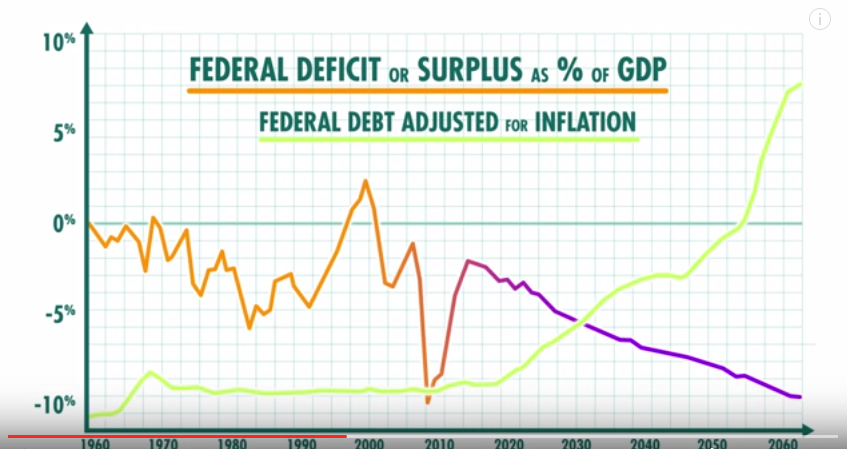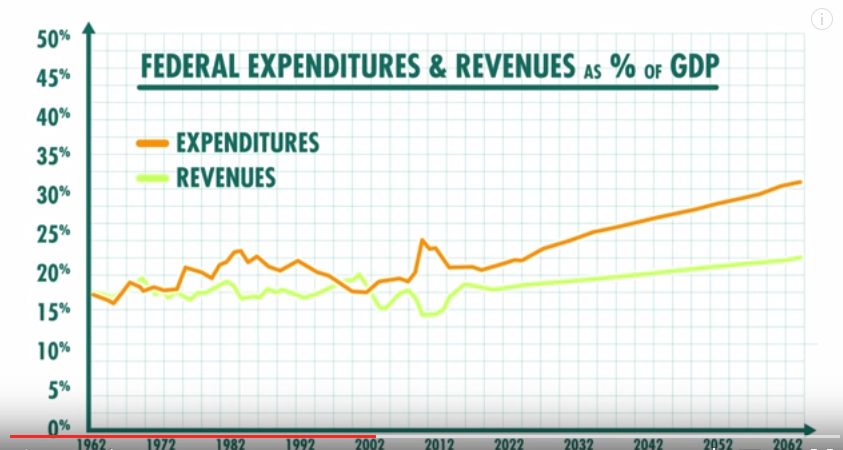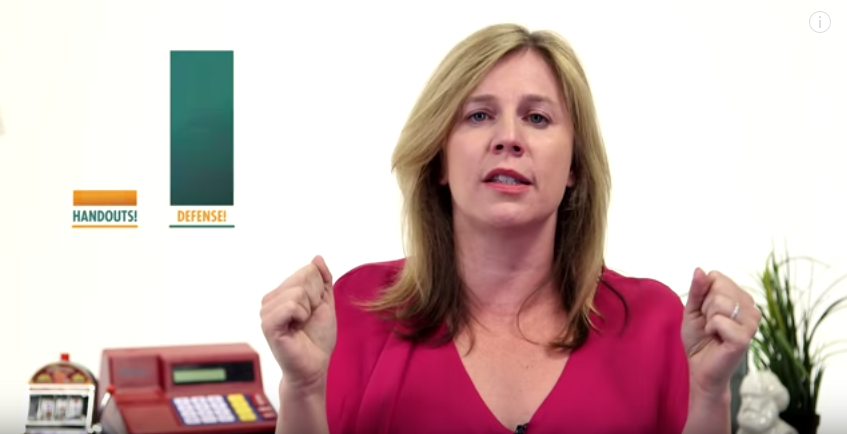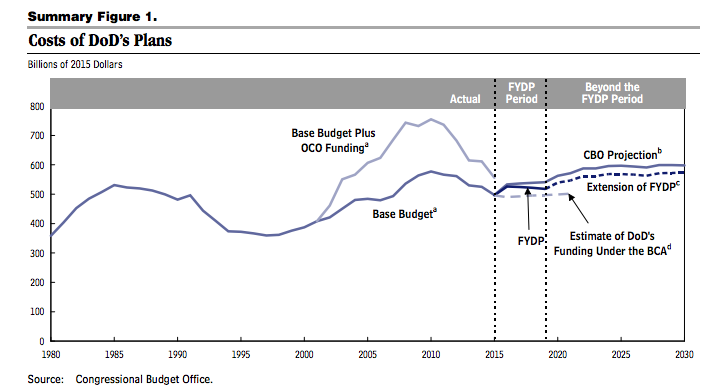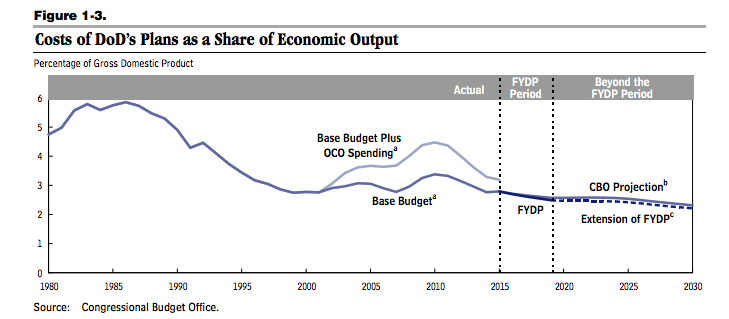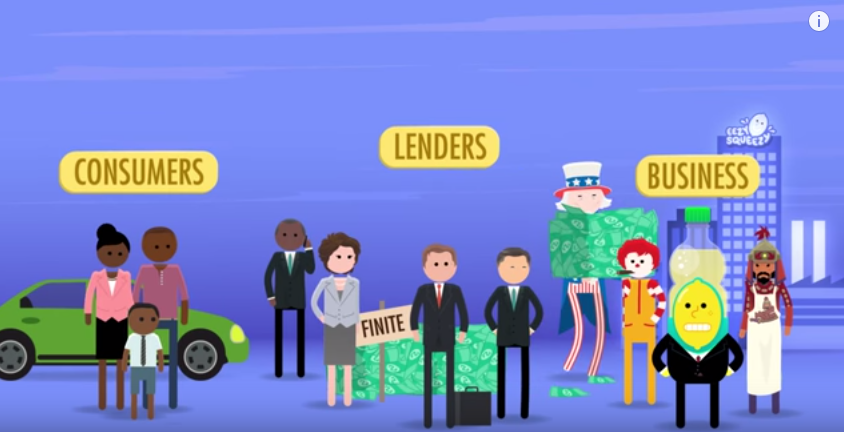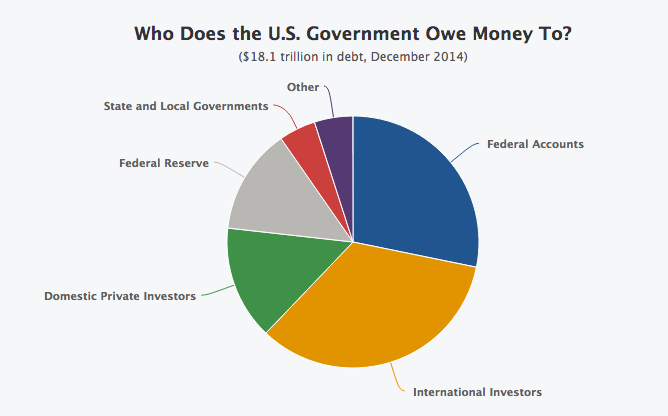Crash Course came out in Episode 15 to talk about International Trade. Maybe this is a reaction to some political candidates talking about the Chinese trade deficit. Regardless of the motive, this episode was economically sound in content, while the tone may not have been along the same lines.
This Episode’s Major Principle

Imagine that I have a choice of buying an American made TV or a TV made in Malaysia. Because of lower labor costs in Malaysia the imported TV cost $200 less than the American made one. So I buy the imported TV. That may cost jobs at a TV factory in the US but I saved $200 by buying the imported TV.
And what am I gonna do with those $200? I’m gonna spend them on something I couldn’t have afforded if I bought the US TV. Like maybe taking my family out to a baseball game or to a restaurant. That creates jobs in those industries that wouldn’t have existed if I’d bought the more expensive TV.
Remember Episode 2, on comparative advantage? Crash Course has already explained that international trade between two countries helps both countries, even if one is poorer or less productive.
More importantly, international trade doesn’t only help the businesses who are trading, but it helps consumers who are able to save more with each purchase. That money saved can either go to spending on other goods (creating jobs in those areas) or in the bank (which gets lent out to growing businesses).
But in the same breath of mentioning how international trade helps everyone involved (including consumers), Crash Course goes a little off the rails:

Economic Theory suggests that international trade shuffles jobs from one sector of the economy to another, like from the TV factory to the restaurant. But the quality of these jobs can be markedly different. The guy assembling TVs at the US factory was probably making a lot more at his manufacturing job before he got reshuffled to the burrito assembly line at Chipotle.
As technology improves and consumer demands shift, employees will have to move from certain sectors of the economy to others. But Crash Course does some injustice to the former factory employee. Why would this employee get a job at Chipotle? Because assembling a burrito is like assembling a TV?
If domestic manufacturing shrinks, another sector is likely to grow. And as the factory employee takes a new job somewhere else, his skills and work product will likely determine his pay.
Trade does not just shuffle jobs from one sector to another; it moves jobs from less productive areas of the economy to more productive areas of the economy. If Malaysia is better at producing TVs for a cheaper price (assuming both countries’ TVs are the same in quality), then it’s better to have American employees working in areas that can compete internationally, instead of making TVs that will be no one will buy because it’s too expensive.
What Crash Course did not explain is what happens when protectionist policies prevent international trade (this is sometimes referred to as Mercantilism). For example, let’s say the US government imposes taxes and fees that make the price of Malaysian TVs higher than US TVs. It will keep that factory employee at the manufacturing plant, but everyone else in the economy will be worse off, as they have to pay more of their paycheck for their TV.
NAFTA

NAFTA is a polarizing political issue, and depending on which camp you’re most affiliated with, you will regard the agreement as either a huge success and a catastrophic failure. For example, Democrat Party loyalists or Bill Clinton supporters will call it success, since it happened under his presidency. Labor Unions hate it, since it removed trade barriers that kept some American producers afloat (like the TV example explained above). Libertarians and free marketeers are a mix about it, for reasons I will explain.
Like the TPP agreement currently in the works, NAFTA was heavily influenced by corporate interests, and parts of the agreement were tailored specifically to benefit these companies. NAFTA was a free market international agreement, but not for all goods across the board, just the ones outlined in the legislation. NAFTA was a move toward freer markets, but it was orchestrated in a way that reeked of cronyism.
Thus, politicians and pundits alike had to choose sides: Do I support the Democratic Party more than I support Labor Unions? Do I support free markets more than I oppose crony legislation?
Crash Course comes down in favor of NAFTA, as they should if they were looking purely at economic benefits:
So despite the fact that some workers and industries were clearly hurt, economists would tell us NAFTA has had a net positive impact on all three countries.
Are Trade Deficits Bad?

Crash Course doesn’t clearly explain how they stand on trade deficits, but you can infer from the end of video that although they agree they make everyone better off, they sympathize (possibly more so) with those who are negatively affected by international trade:
As I mentioned before, the alternative to international trade makes everyone worse off. While it’s easier to witness the negative effects of international trade (since people are laid off), it would be much worse if domestic businesses were protected from international competition. Resources would be wasted, prices would be higher, and the living standards of everyone (rich and poor alike) would be worse.
As a final note, Crash Course never responds to people who say that trade deficits “ship jobs overseas”. An excerpt from this article does an excellent job at illustrating why this does not happen:
If say Toyota sells a Japanese-manufactured car in the United States, then they have two options as to what they shall do with the money: either buy American goods and services, in case which the trade deficit does not increase, or they can buy American assets which will increase the pool of funding for investments in America, or they can try to exchange the dollars earned into yen, which someone will have to sell to them and then use it for one of Toyota’s two first options.
Trade deficits are offset by capital surpluses, which in this case is Toyota having to spend US dollars somewhere in the American economy. These dollars, in addition to the dollars saved by Americans who buy a cheaper Toyota instead of a more expensive Ford car, contribute to the economy and create growth (and jobs) in other areas.

